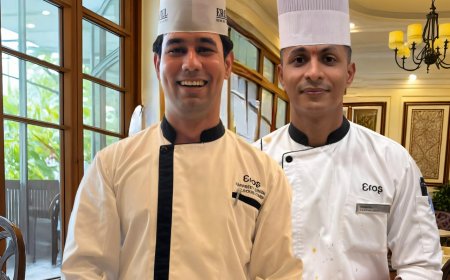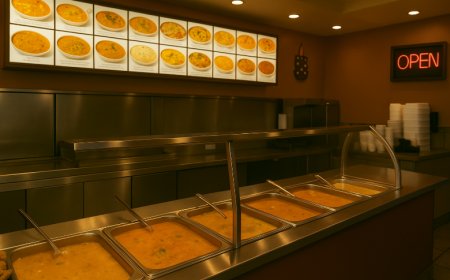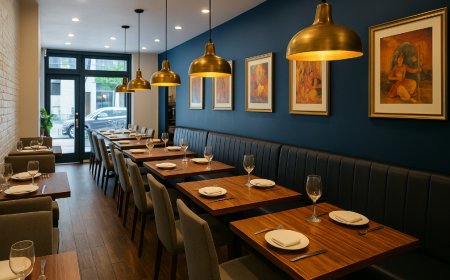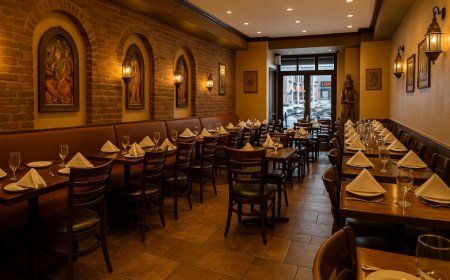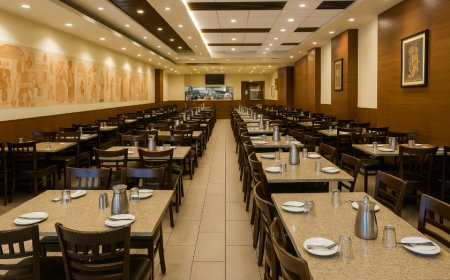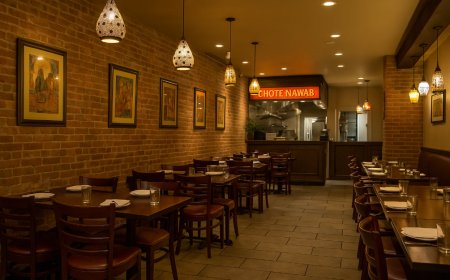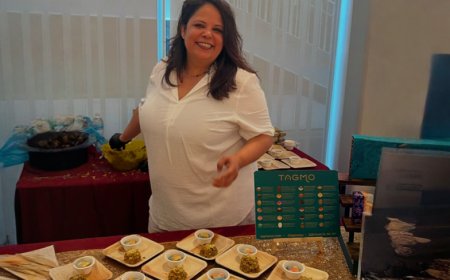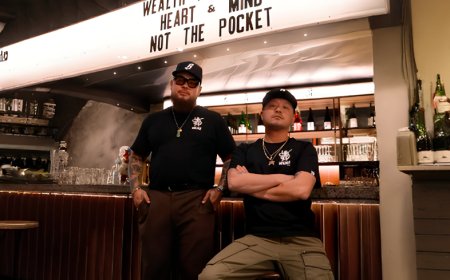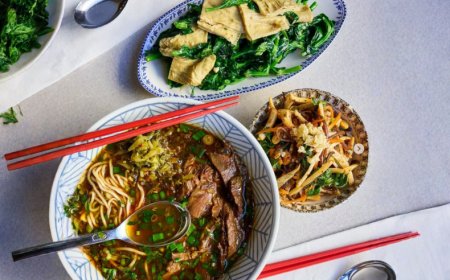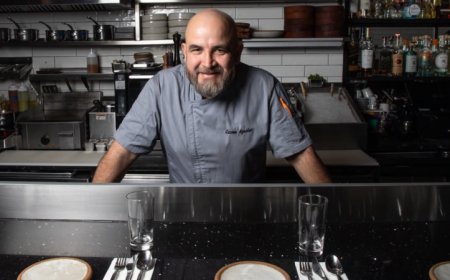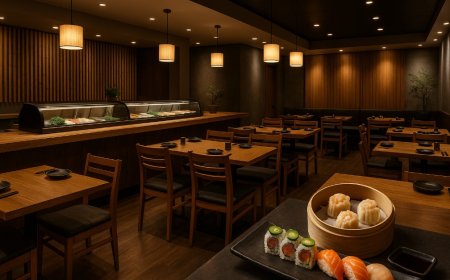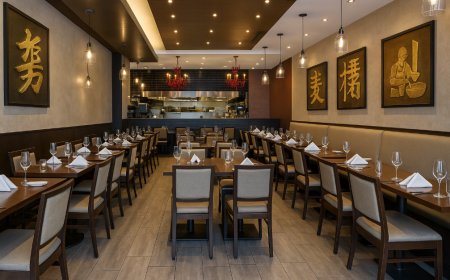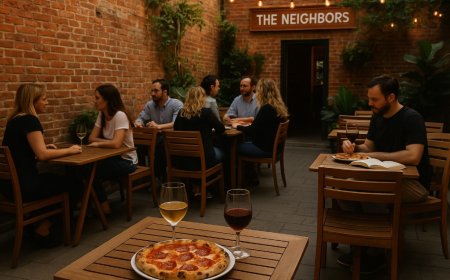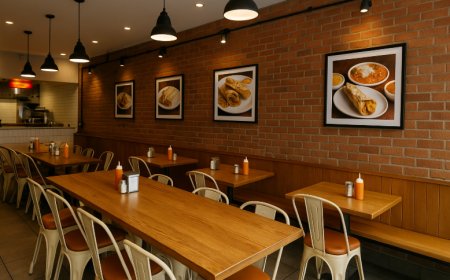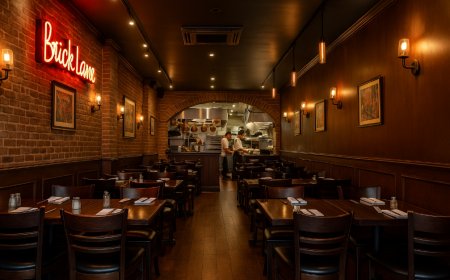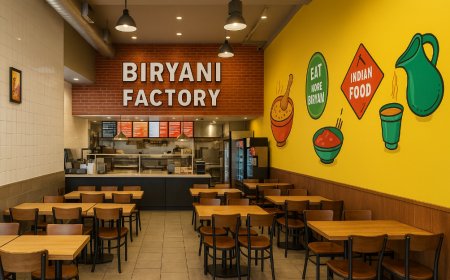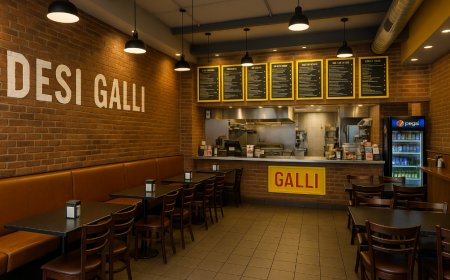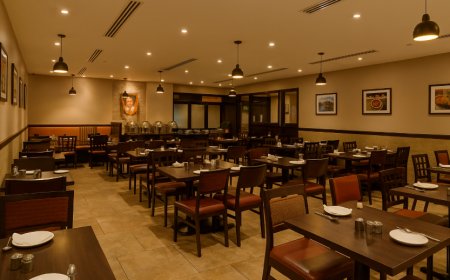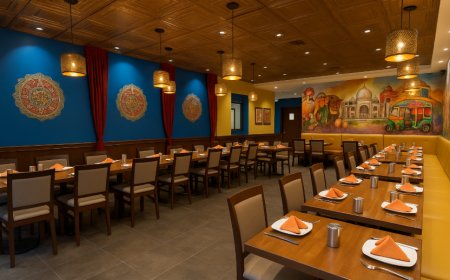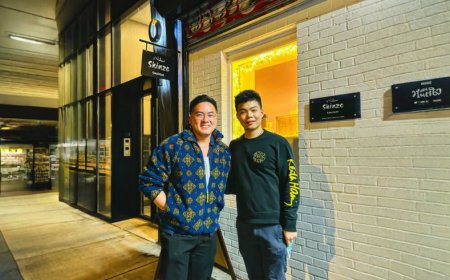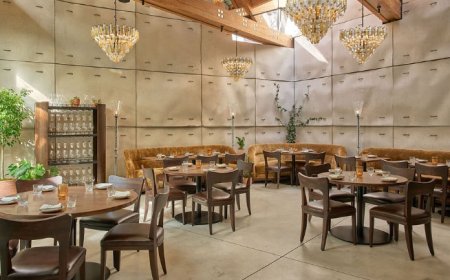Inside the Art of Tuna: Behind the Omakase at Jōji NYC
Explore the intricate journey of tuna from ocean to omakase at Jōji NYC, led by Chef Wayne Cheng. Discover how this Michelin-starred sushi experience celebrates technique, tradition, and the prized maguro.

A Hidden Gem Beneath Grand Central
Tucked quietly beneath the bustle of Midtown Manhattan, in the lower level of the iconic One Vanderbilt, Jōji NYC feels worlds away from the frenetic energy above. Here, the quiet drama of Japanese culinary excellence plays out with precision, respect, and reverence for every ingredient. At the heart of it all is tuna—maguro—the undeniable queen of the sushi counter.
Though a typical omakase at Jōji spans a dazzling variety of 14 to 15 fishes, tuna takes on a starring role. It's not just about the richness of o-toro or the subtle depth of akami; it's about what this single fish represents in the world of sushi: mastery, tradition, and trust in the chef’s hand.
One of Jōji’s three chef-partners, Wayne Cheng, has cultivated a deep expertise in the art of maguro, shaping the guest experience not just with technique, but with story.
The Story Behind the Concept: Precision Meets Poetry
Jōji was born from a desire to create a sushi experience that felt immersive and intimate, inspired by the high standards of Tokyo’s best omakase counters but adapted for the rhythm of New York life. Designed to seat just a handful of diners each evening, the restaurant allows its chefs to engage deeply with each guest, and each fish.
Chef Wayne Cheng, a Hong Kong-born, U.S.-trained sushi expert, brings a refined East-meets-West touch to his craft. With experience honed under renowned mentors and years of dedicated sushi training, his vision for Jōji is rooted in discipline and purity—but also in warmth. Diners aren’t merely served; they’re invited into a conversation of taste, texture, and tradition.
For Cheng, tuna isn’t just a crowd favorite—it’s a canvas of possibilities. He views the fish as a centerpiece for storytelling, illustrating the precision of Japanese knife skills, the elegance of balance, and the emotional impact of great food presented simply.
A Chef’s Culinary Philosophy: Discipline in Every Cut
In Japanese cuisine, and especially at the omakase level, preparation is sacred. For Cheng, the journey begins long before the fish arrives at the counter.
Every piece of maguro is sourced from trusted purveyors, many of whom attend the famed Tokyo Toyosu Market auctions. Jōji specifically selects bluefin tuna weighing between 400–500 pounds—each fish chosen for its marbling, structure, and balance of fat content across the body.
Once in Cheng’s hands, the fish is not just broken down, but studied. He maps each section, examining how the texture changes from lean akami to buttery o-toro. The neck (kama-toro) is a rare delicacy, requiring especially delicate handling.
Butchering tuna isn’t a solo act. It involves a choreography between team members: one stabilizing, another slicing, a third recording each section's quality for future reference. This kind of culinary memory ensures consistency over time and builds intuition that no recipe can teach.
What Makes the Menu Special: One Fish, Many Journeys
A single tuna can yield an entire flight of dishes. That’s part of the brilliance of maguro within omakase—it transforms, depending on how it's aged, seasoned, and served.
At Jōji, guests might encounter lean akami lightly cured in soy for umami depth, followed by chu-toro with a touch of grated wasabi. Then comes the showstopper: o-toro, served simply to let the buttery richness take center stage. Other nights might include the rare kama-toro, grilled ever-so-lightly for contrast.
Cheng’s team also leans into texture play. The contrast between the firmer bite of akami and the melt-in-your-mouth softness of o-toro creates an intentional rhythm to the meal—like a composition with movements and pauses.
Every detail, from rice temperature to knife angle, contributes to the experience. The rice at Jōji is seasoned slightly differently for different cuts, subtly enhancing each flavor profile without overpowering it.
The Unseen Work: Aging, Timing, and Taste
What many diners don’t realize is that sushi isn’t always about freshness in the literal sense. With maguro, aging is often key. Chef Cheng explains this subtly through his menu—sometimes offering a cut that’s been aged two or three days to bring out complexity and softness.
Maguro’s flavor actually peaks after time. As it rests in precise humidity and temperature conditions, enzymes begin to break down connective tissues, releasing sweetness and umami. This aging process, known as jukusei, is a quiet art—one only a handful of chefs in the city practice expertly.
Behind the scenes, Cheng and his team are constantly tracking timing: when the fish was caught, when it arrived, how long it’s been resting, and when it’s at its peak. This dedication ensures that each piece served is not just fresh—but perfect.
More Than Sushi: A Guest Experience Built on Trust
At Jōji, every course is a reflection of trust—between chef and diner. There’s no printed menu, no predictable timeline. Instead, each night is shaped by what’s in season, what the team finds inspiring, and what each diner may be experiencing for the first time.
Chef Cheng likens it to a silent conversation. Every reaction, every pause, informs the next piece of sushi. It’s hospitality through observation, rather than words.
Tuna, in this context, becomes more than food. It becomes a way for the chef to introduce himself—a kind of signature, served piece by piece, over the course of 18 to 20 bites.
Tuna and the Global Sushi Scene: Why It Still Matters
As sushi continues to evolve globally, with experimental forms and fusion takes gaining popularity, Cheng’s approach remains refreshingly rooted in tradition. Yet it’s not rigid.
While Jōji stays loyal to foundational Japanese techniques, it embraces nuance: seasonal produce from the American Northeast, tools imported directly from Japan, and a presentation style that feels luxurious but not performative.
Maguro, the most iconic of sushi fishes, symbolizes this balance perfectly. It is traditional yet versatile, familiar yet endlessly complex. For Cheng and his team, working with tuna is an honor—and a responsibility.
Conclusion: An Intimate Look Into Mastery
Dining at Jōji is not just a meal; it's a meditation on craftsmanship. Through the eyes and hands of Chef Wayne Cheng, even a single fish like maguro becomes a symphony of textures, temperatures, and traditions. What might seem like "just another slice of tuna" reveals itself as the result of global sourcing, surgical technique, and culinary foresight.
What's Your Reaction?
 Like
0
Like
0
 Dislike
0
Dislike
0
 Love
0
Love
0
 Funny
0
Funny
0
 Angry
0
Angry
0
 Sad
0
Sad
0
 Wow
0
Wow
0
